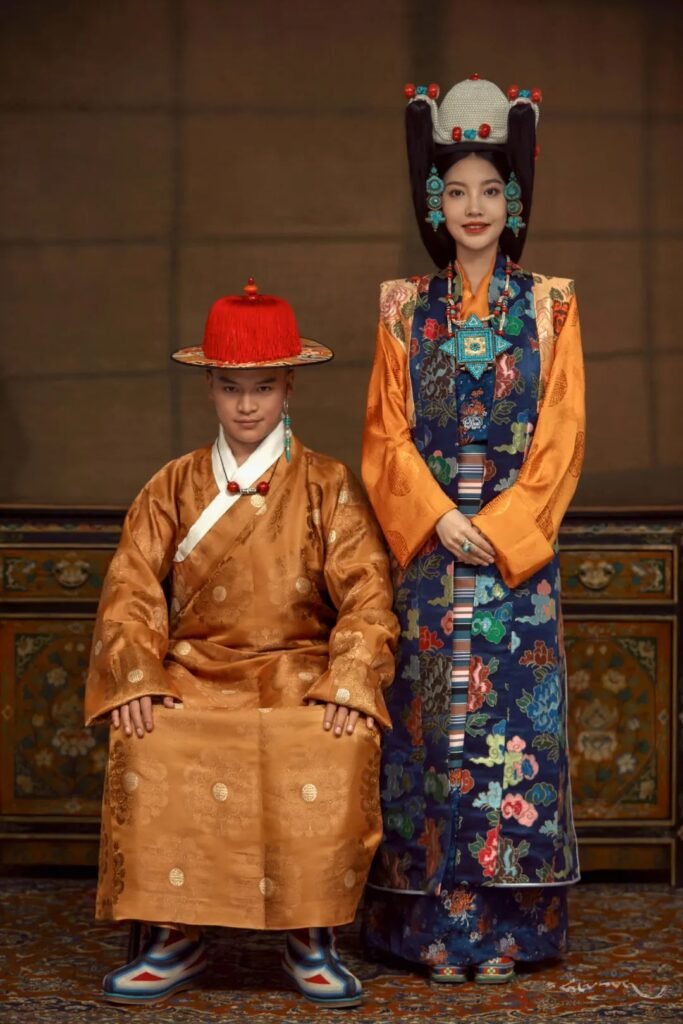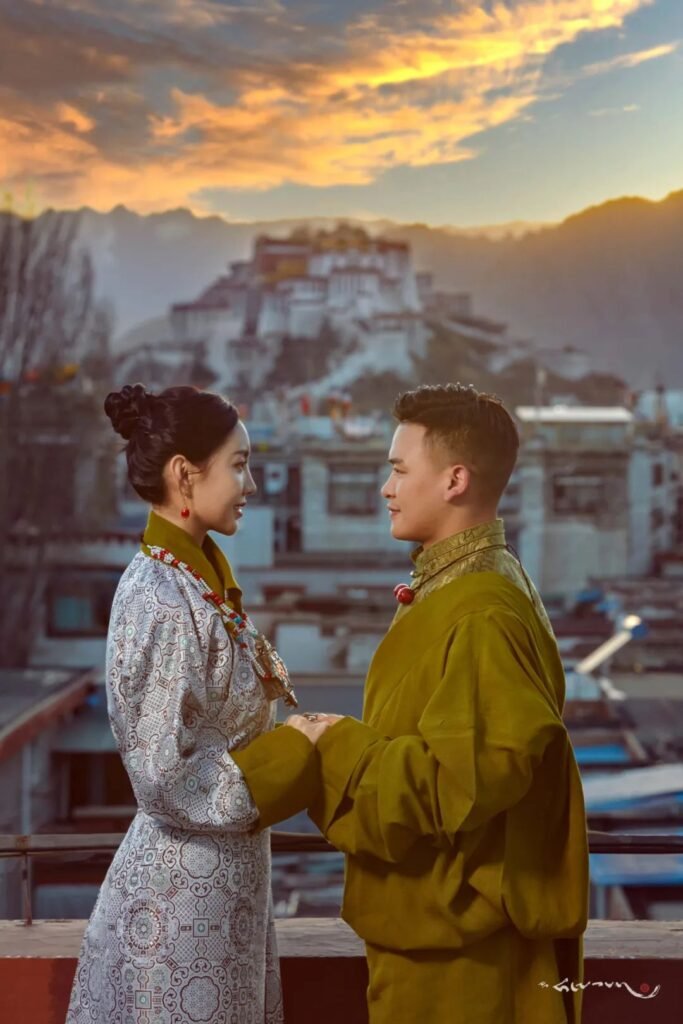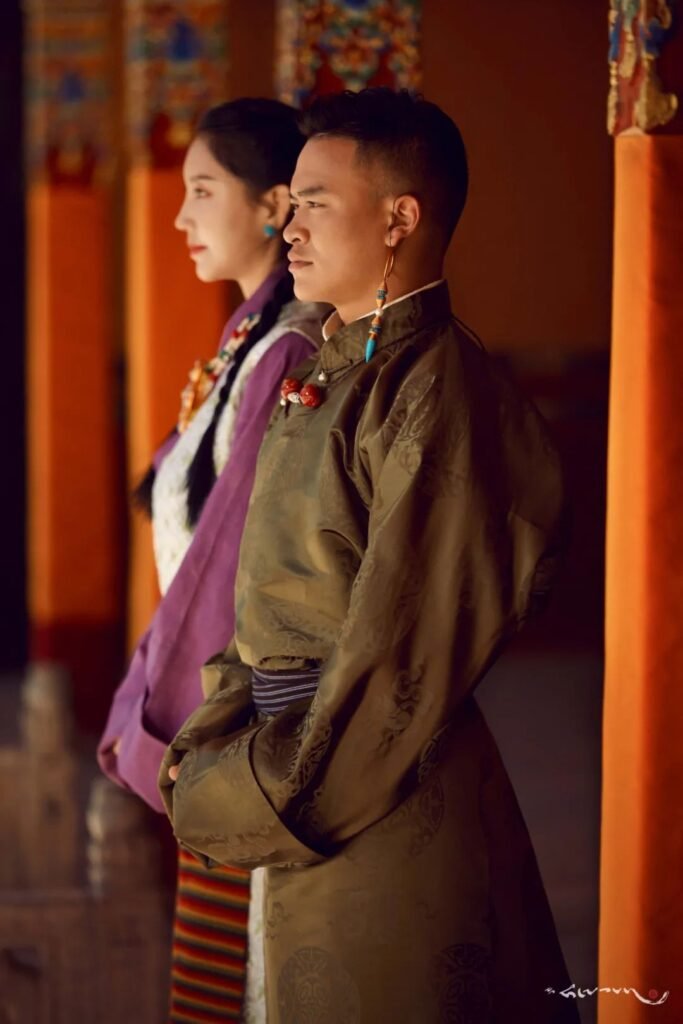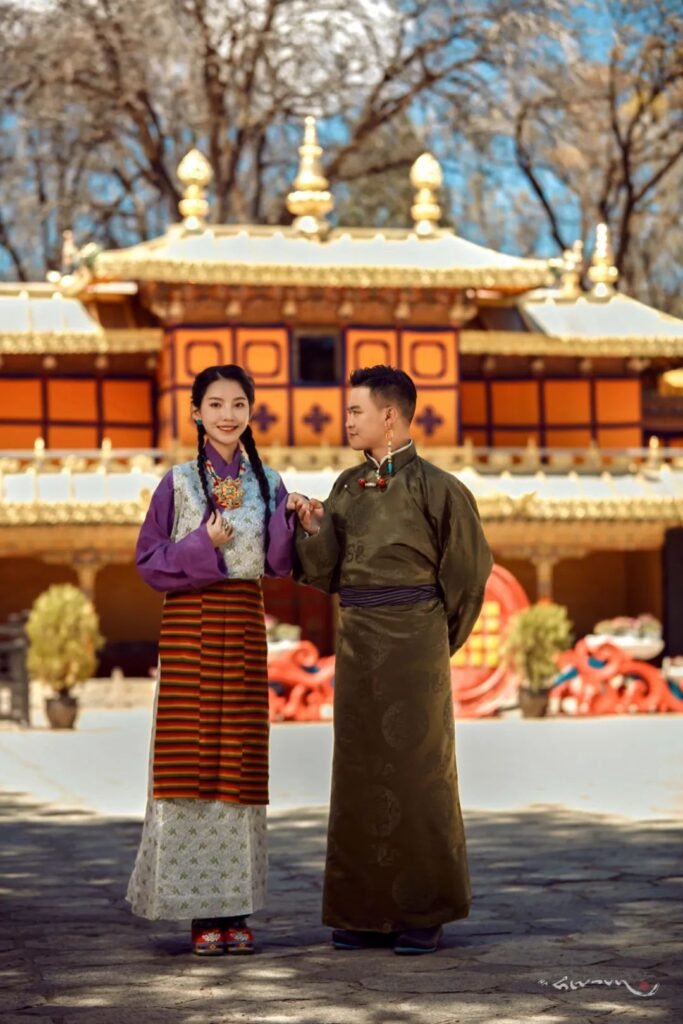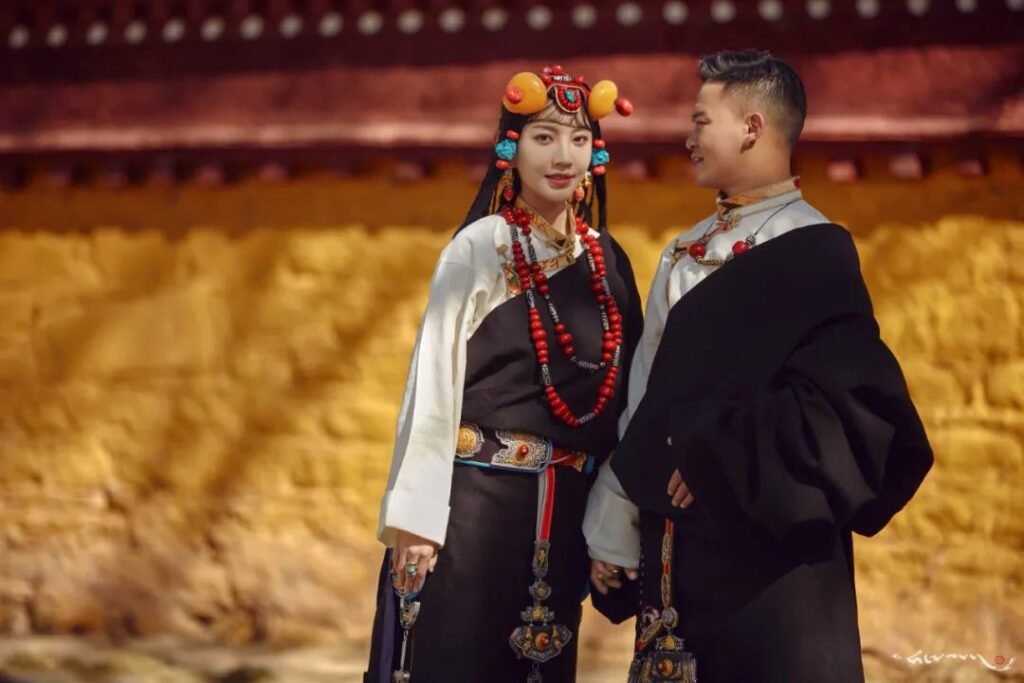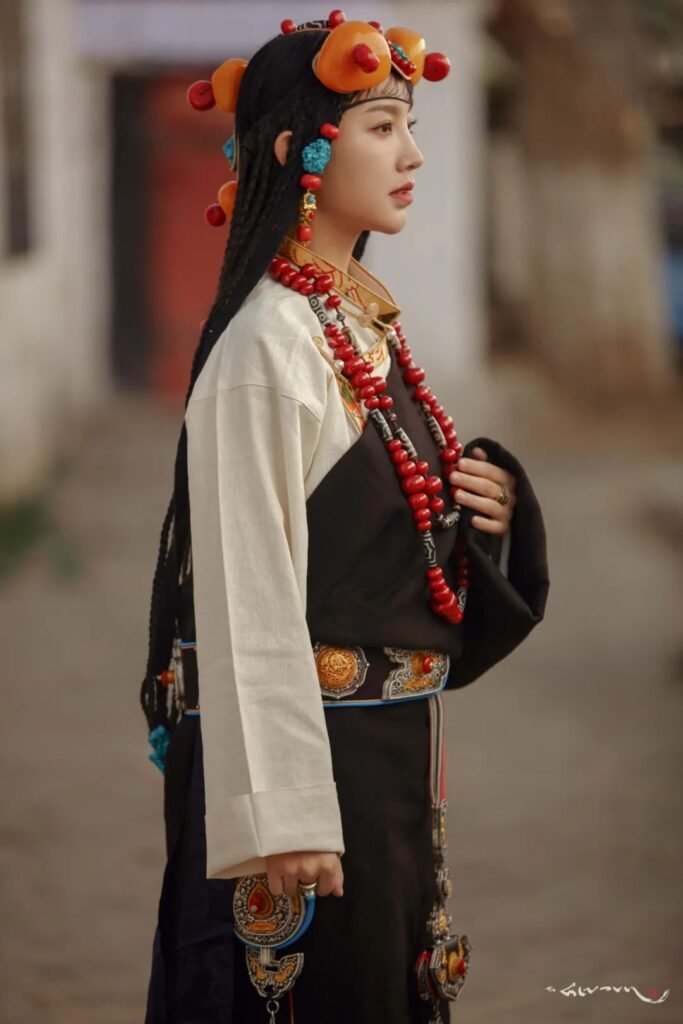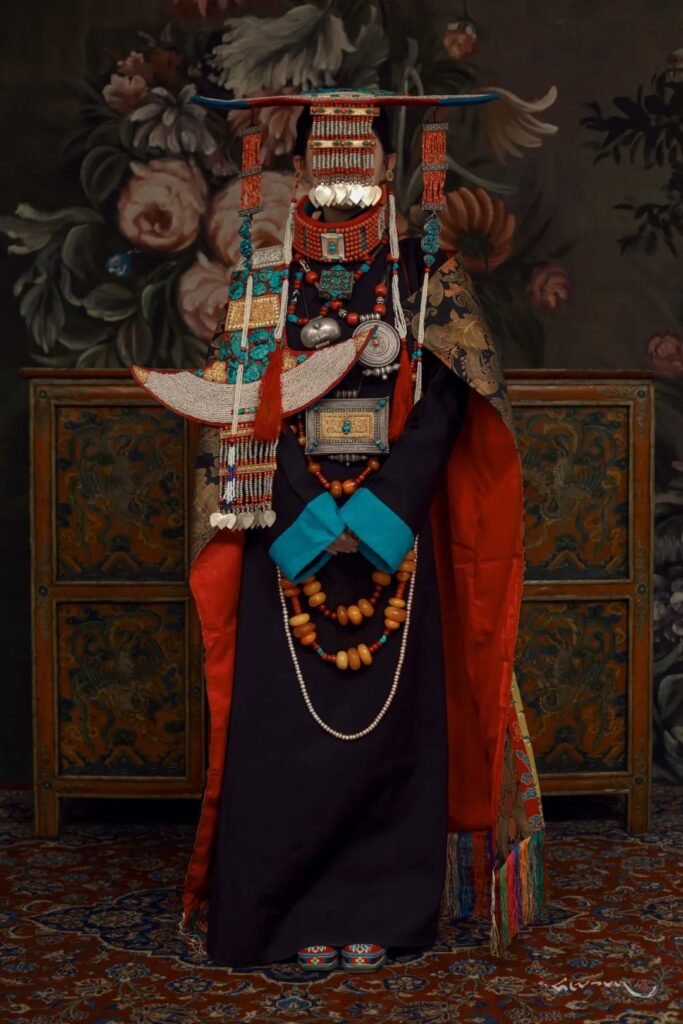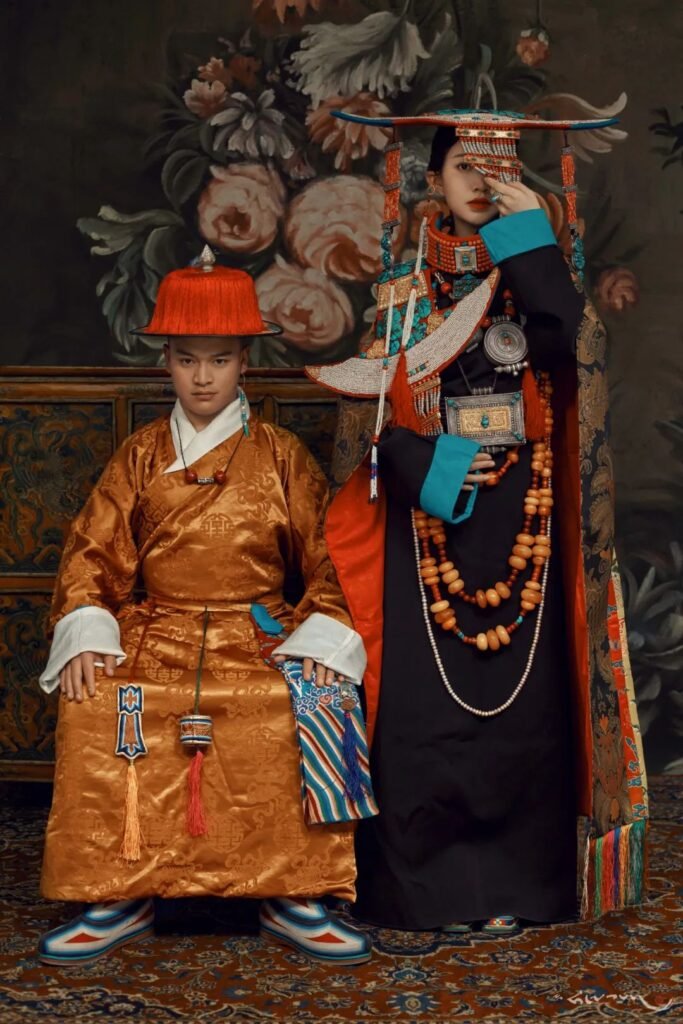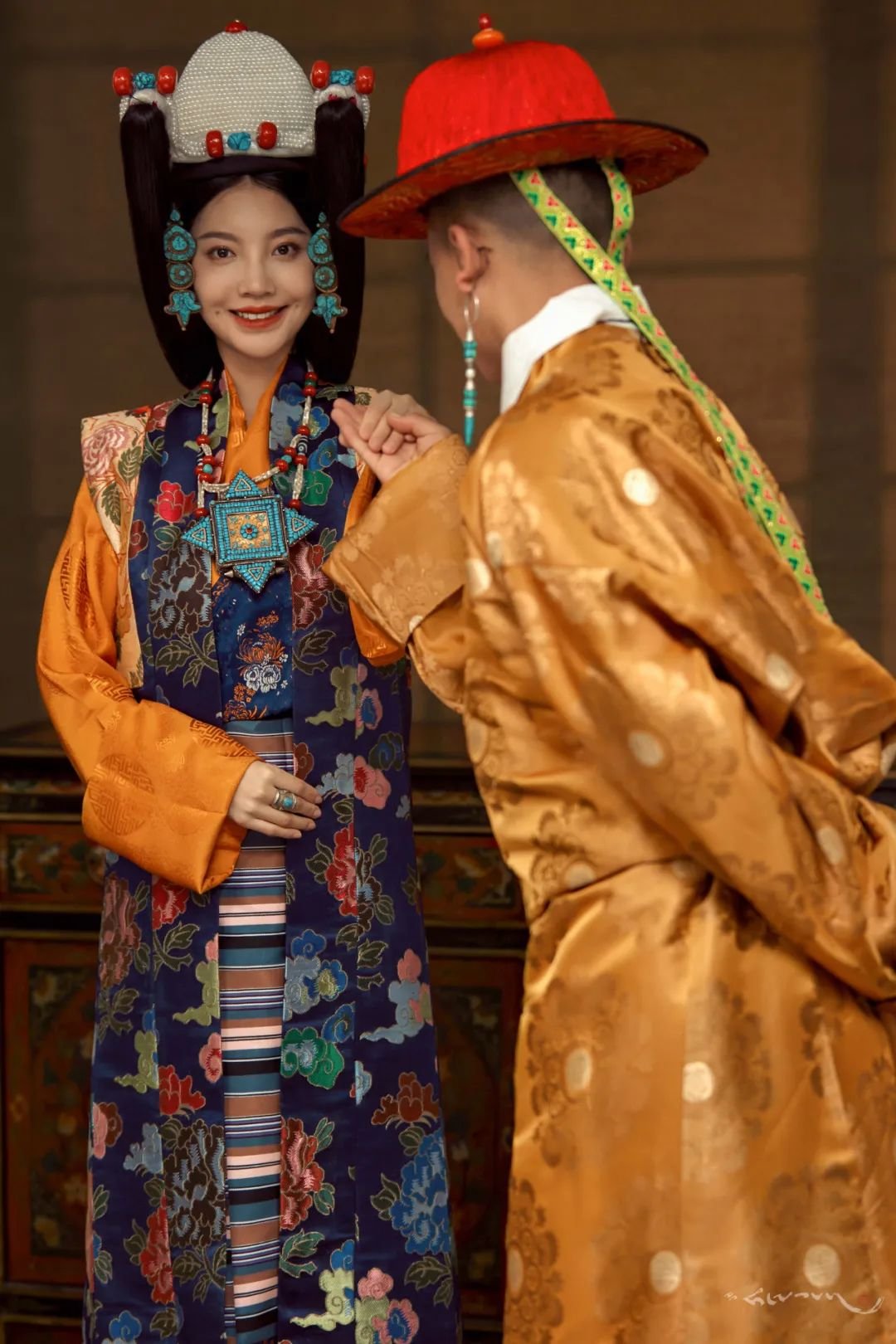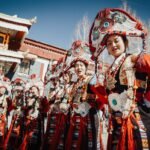Himalayan culture is an incredibly diverse and vibrant tapestry that stretches across various nations and regions, each with its unique history and folklore. Within this vast cultural landscape, traditional clothing holds a significant position, serving as a visual representation of the people’s rich heritage and identity. While it is unfortunate that the market is flooded with inauthentic interpretations and diluted versions of these garments, it is crucial to recognize and celebrate the true cultural symbols that have stood the test of time.
In exploring the world of Himalayan traditional clothing, one cannot overlook the majestic attire worn by the aristocracy. It exudes an air of nobility and solemnity, reflecting the intricate social structure and hierarchical system prevalent in these societies. The elaborate designs, exquisite craftsmanship, and opulent materials used in these garments are a testament to the power and prestige of the ruling class. Each garment tells a story, with intricate motifs and symbols representing the wearer’s lineage, accomplishments, and status within the hierarchy.
Contrasting the grandeur of the aristocratic clothing, we find the simplicity and elegance of Lhasa’s traditional attire. Lhasa, the capital city of Tibet, has a distinct sartorial style characterized by its clean lines, modest cuts, and muted colour palettes. The simplicity of these garments belies the deep spiritual and cultural significance they hold. The clothing is often adorned with symbolic motifs that reflect the wearer’s devotion to Buddhism, such as the lotus flower, the eternal knot, or the Dharma wheel. This fusion of aesthetics and spirituality creates a harmonious balance, elevating Lhasa’s traditional clothing to a realm of understated beauty.
In the Himalayas, Tibetan clothing embodies the courage and resilience of its people. Vibrant colours, strong fabrics, and detailed embroidery reflect their enduring spirit and connection to nature. Each thread tells a survival story, embodying strength and determination. Exploring Himalayan traditional clothing, our lens unveils hidden meanings and rich narratives. Through our images, we aim to ignite awe for diverse cultures in the region, fostering understanding and celebrating their beauty. We strive to ensure these authentic symbols continue to shine in the evolving world.

